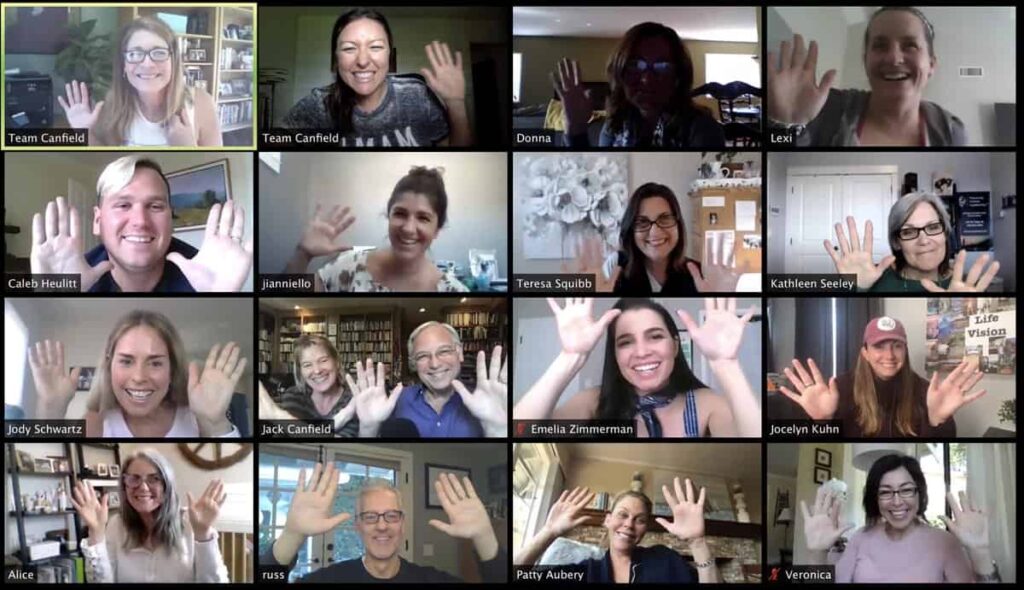Over the years we’ve all heard of the term BoomTown or BoomTowns, obviously referring to “a town undergoing rapid growth due to sudden prosperity.”
Now, we have Zoom Towns, and Columbia, SC is making lists as one of them.
When people ask me the question, “how’s the market?”, many times I’ll end my answer with, “you know, Columbia doesn’t really boom, but we don’t really bust, either,” and then I’ll go into how our job market is steadier than most. Many times I’ll also say, “Columbia isn’t really what many would call a destination city like say, Charleston or Savannah.” Well, the answer is starting to change, if even a little bit, as many cities in the Carolinas and the rest of the South have been discovered. During Covid, folks that were trapped in their apartments and flats by mayors and governors in giant colder climate cities got on the Internet and saw that they could buy a single-family house with a real yard for less money than they ever thought possible, keep their current job and salary, and be in their flip-flops most of the year.
Here’s how Louise Bolger who writes about real estate for Castles In The Sand explains it:
“They call them “Zoom Towns” because so many of the new residents are working remotely and have given up their city and suburban lifestyles for a more relaxed environment in smaller communities. It’s no secret that this massive lifestyle change evolved because of COVID-19, but even now, when the danger of serious infection is substantially reduced, Zoom Towns are still popular.
A recent National Association of Realtors survey reported that buyers who purchased homes in the year that ended in June moved a median of 50 miles from their previous residences. This is the highest distance on record, going back to 2005 when the median was a consistent 15 miles. This may not seem like a lot of mileage difference, but 15 miles from Boston, for instance, is still part of the city, but when you go 50 miles, you’re in real country. In New York City and other large metropolitan areas, however, you would need to go a little further than 50 miles to really be getting away from it all.
In the same survey, smaller communities were more popular, with buyers purchasing 48% of the homes. Again, this is a record and is up from 32% a year earlier. By comparison, traditional suburban home purchases dropped to 39% from 51% the previous year and only 10% of home purchases were in urban areas, down from 13% the year before. Naturally, the increased cost of homes and now the increased cost of financing has certainly influenced buyers.
Home buyers who are getting close to retirement are another influence on the popularity of small communities. Many who have the ability to work remotely chose to relocate now rather than after their retirement date. This gave them an edge before mortgage rates and prices went up further and set them up for easing into retirement.
Confirming further the demand for homes in smaller communities, The Wall Street Journal/Realtor.com Emerging Housing Markets Indexes came out at the end of October. It reports that the demand for homes in low-cost cities with strong local economies is, in their opinion, “robust.” This annual survey incorporates economic and lifestyle data, including real estate taxes, home appreciation, unemployment, wages and commute time in their 300 biggest metro area rankings.
This survey places the North Port, Sarasota and Bradenton region at number four in the top 10. Unfortunately, as we all know, North Port has taken a big hit from Hurricane Ian since this survey was completed, so in next year’s survey it will be interesting to see where that area is placed.
The other Emerging Housing Markets were in this order: Johnson City, Tennessee; Visalia-Porterville, California; Elkhart-Goshen, Indiana; Fort Wayne, Indiana; Lafayette-West Lafayette, Indiana; Columbia, South Carolina; Columbia, Missouri; Raleigh, North Carolina; and Yuma, Arizona.
Danielle Hale, chief economist at Realtor.com, said, “These more affordable markets continue to offer some opportunity. It doesn’t mean that they’re not seeing a slowdown in their housing markets, but they’re better positioned generally.” In other words, they had faster home sales and lower unemployment rates than the market as a whole, which is attracting buyers in an otherwise difficult housing market. Further, according to an economist at Nationwide Insurance, the trend toward less expensive housing markets looks like it will continue even if home prices start trending down.”
There ya go!
Franklin Jones




Speak Your Mind